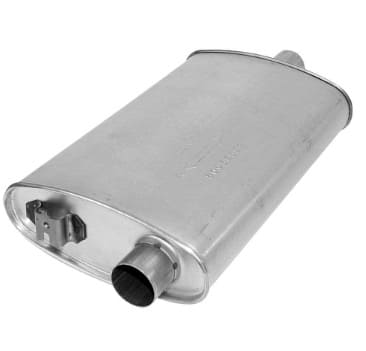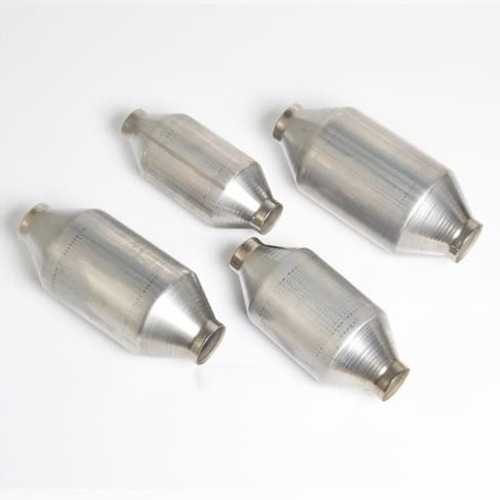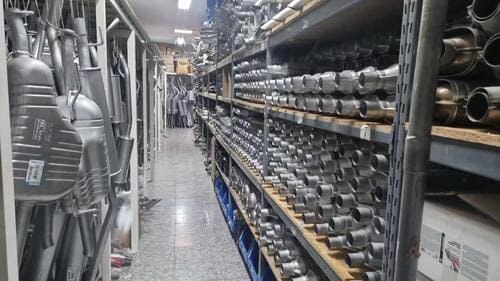When it comes to vehicle emissions and noise reduction, do you know the roles of the muffler and the catalytic converter? Are you aware of how each component contributes to your vehicle’s performance? What exactly sets these two apart?
A muffler primarily reduces the noise produced by the engine, while a catalytic converter reduces harmful emissions. Understanding their differences can help you maintain your vehicle better. Let’s delve into their functionalities and distinctions.
A muffler is designed to reduce the noise emitted by the exhaust of an internal combustion engine. It’s crucial for minimizing noise pollution. On the other hand, a catalytic converter is an emission control device that reduces toxic gases and pollutants in exhaust gas. It’s essential for reducing environmental pollution.

How does a muffler work?
A muffler contains chambers and tubes that are specially designed to reflect sound waves. When exhaust gases pass through the muffler, these sound waves are broken up and dampened. Mufflers are primarily concerned with noise reduction, ensuring that vehicles comply with noise regulations and offer a quieter ride.

How does a catalytic converter work?
A catalytic converter uses catalysts like platinum, palladium, and rhodium to convert harmful pollutants into less harmful emissions. It works by catalyzing a redox reaction (an oxidation and a reduction reaction). The catalytic converter targets three main pollutants: hydrocarbons (unburned fuel), carbon monoxide, and nitrogen oxides. Through the chemical reactions, these pollutants are converted into water, carbon dioxide, and nitrogen.
Differences in materials and construction?
Mufflers and catalytic converters differ significantly in their construction. A muffler is usually made of stainless steel and is designed with a series of chambers or perforated tubes. It’s built to withstand high temperatures and resist corrosion.
A catalytic converter also uses stainless steel, but its internal structure is coated with precious metals like platinum, palladium, and rhodium. These materials are essential for the chemical reactions needed to reduce emissions.

Maintenance and lifespan?
Mufflers generally have a longer lifespan as they are not subjected to the harsh chemical reactions that catalytic converters endure. However, they can suffer from rust and physical damage, leading to noise issues.
Catalytic converters, while durable, can become clogged or contaminated over time. They might need replacement if they fail to reduce emissions effectively. Keeping an eye on performance through regular vehicle checks is crucial.
Legal and environmental implications?
Both mufflers and catalytic converters are vital for legal and environmental reasons. Mufflers ensure that vehicles adhere to noise regulations. In contrast, catalytic converters are critical for meeting emission standards set by environmental protection agencies.
Failure to maintain either component can result in fines and contribute to environmental degradation. For instance, a malfunctioning muffler can lead to noise pollution, while a faulty catalytic converter can increase harmful emissions.

Cost differences?
The cost of replacing these components can vary. Mufflers are generally cheaper to replace compared to catalytic converters. The high cost of precious metals used in catalytic converters drives up their replacement costs. However, investing in high-quality components and regular maintenance can save money in the long run by avoiding more significant repairs and ensuring compliance with legal standards.
Conclusion
Understanding the differences between a muffler and a catalytic converter is essential for any vehicle owner. While the muffler reduces noise, the catalytic converter minimizes harmful emissions. Both play crucial roles in vehicle performance, legal compliance, and environmental protection. Regular maintenance and timely replacements can ensure they function correctly, providing a safer, quieter, and more eco-friendly driving experience.


